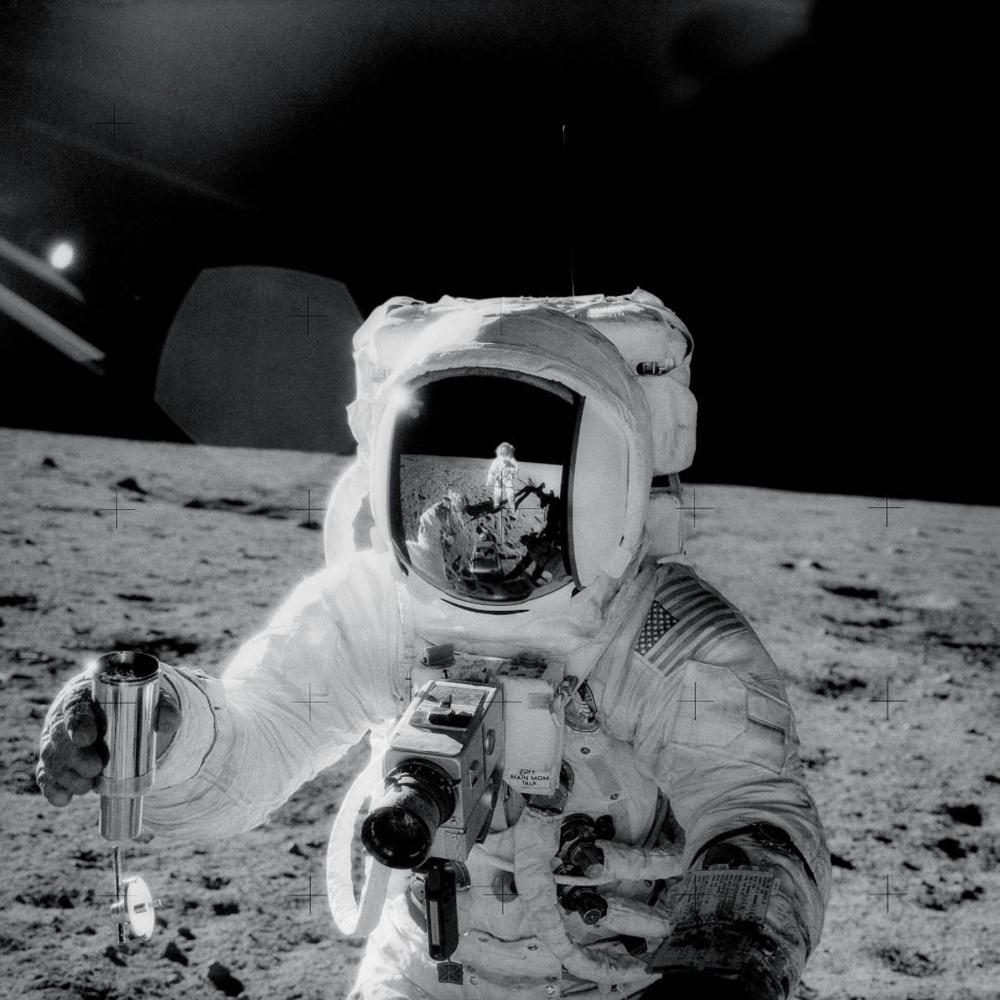In 2014, Harvard’s acceptance rate was 5.9 percent. NASA’s latest round of astronaut candidate applications is going to be just a little tougher: With a record-breaking 18,300-plus applications and just 14 spots, applicants have less than a .08 percent chance of getting picked for training.
Until now, the record for astronaut applications was a relatively puny 8,000 – and hadn’t been challenged since 1978. Only 6,300 applied in 2012, and that was the second biggest application pool of all time.
Why are so many Americans suddenly set on seeing the stars up close? NASA has embraced social media in recent years, and the agency delighted in feeding bite-sized bits of space exploration inspiration to the public in 2015. It was an amazing year for space: NASA’s New Horizons mission completed a historic flyby of the Pluto system, and the worldwide excitement over the event couldn’t have made for better PR. Not long afterward, NASA rolled out a carefully orchestrated, almost irritatingly earnest marketing campaign around the blockbuster film “The Martian,” in which Matt Damon plays a NASA astronaut stranded on Mars.
The truth is that we can’t be sure when NASA will actually get a crewed mission to Mars – and for now, the agency’s number of active astronauts is historically low thanks to the retirement of the Space Shuttle program in 2011. But over the course of the past year, the agency got us all thinking about the places humanity might get to go.
Since the application process takes 18 months and selected candidates have to undergo a couple of years of intensive training before they can even be put in the running for mission assignments, talk of a Mars mission in the early 2030s made this call for applicants particularly exciting. These potential astronauts won’t even be ready to train for specific missions until 2020 or so – and there’s no telling when NASA will have room for more trainees. So if you wait until next time, you could very well miss your shot at being one of the first people to go hiking on Mars.
Plenty of us normal humans have the basic qualifications for astronaut training. But chances are that many of these 18,300 or so applications will be from people who lack the necessary degrees in science and experience in either flight, lab work, or teaching. Those will get thrown right out based on keyword searches, and then only around 500 applications deemed “most qualified” will have their references checked. Just 120 are usually brought to the Johnson Space Center in Houston for interviews.
In other words, applicants have a less than .7 percent chance of even getting an interview.
But if you want to shoot for the moon (or slightly beyond its orbit) you’ve got to be willing to take some risks. And buried in those 18,300 applications are our next astronaut hopefuls – the men and women who will face incredible odds to take NASA to new worlds.
Send questions/comments to the editors.



Success. Please wait for the page to reload. If the page does not reload within 5 seconds, please refresh the page.
Enter your email and password to access comments.
Hi, to comment on stories you must . This profile is in addition to your subscription and website login.
Already have a commenting profile? .
Invalid username/password.
Please check your email to confirm and complete your registration.
Only subscribers are eligible to post comments. Please subscribe or login first for digital access. Here’s why.
Use the form below to reset your password. When you've submitted your account email, we will send an email with a reset code.